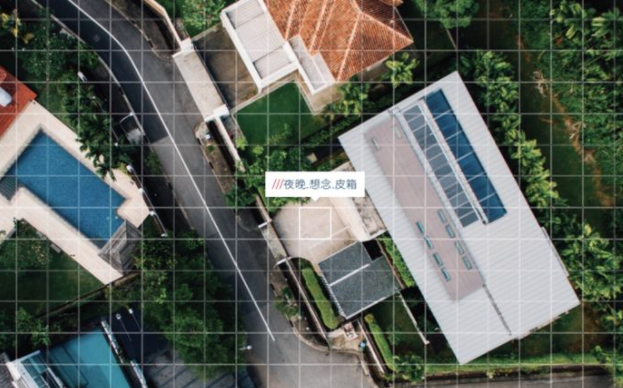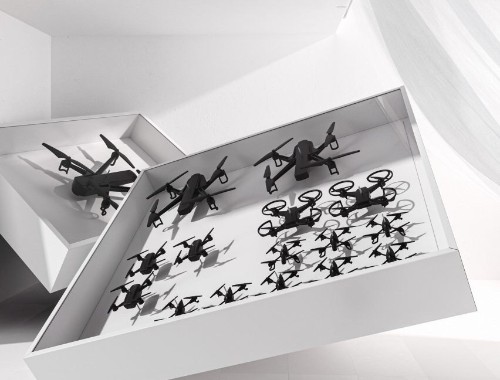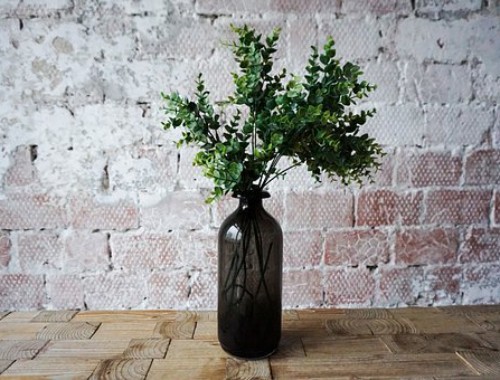IKEA Will Finally Open Its First India Store, But Winning Customers Won't Be Easy
IKEA has announced that it will open its first store in India in July 2018, in the southern city of Hyderabad.
For the Sweden-based furniture retailer, which ranks 40th on Forbes' list of the World’s Most Valuable Brands, this first India store will likely signify a major milestone—not only because of the burgeoning potential of the local market, but also because IKEA's plans for India have been in the works for a long time.
Finally happening
IKEA India has actually existed behind the scenes for around 30 years already, sourcing products from India for the company's stores worldwide. Over the last decade, IKEA has also attempted to establish its retail presence in the country repeatedly.
But from initial obstacles around India’s foreign direct investment policies, to the challenge of acquiring large enough swathes of land for their stores in India's densely populated cities, to having to grow their capacity to make products locally, it has been a slow and demanding process.
Now, everything seems to finally be in place for the world’s largest furniture retailer to expand in the world’s fastest growing major economy.
A massive, untapped market
India's furniture sector is still largely fragmented. Most people get their furniture made by neighborhood carpenters or from local furniture stalls that don't have formal distribution channels, not from large chains or department stores. And while the e-commerce boom has slowly begun changing the way Indians with internet access can shop for furniture, given the sheer size of India's population, for a brand like IKEA, India still offers a massive opportunity.
"Only 4% of India's furniture sector is currently 'organized,' so we see huge potential in the Indian market," said Patrik Antoni, IKEA’s deputy country manager for India. "IKEA has already committed Rs. 10,500 crores ($1.54 billion) to India, and this figure is set to increase as the brand expands in the country."
The Hyderabad store will keep with IKEA’s characteristically large warehouse-style stores, at "approximately 400,000 square feet," with "over 7,500 products" on offer. "We expect at least 7 million customers to visit the Hyderabad store in a year and overall our goal is to reach to 200 million customers in three years in India," Antoni said. After the first store opens in Hyderabad, several more openings will follow, he said, starting with their other "priority markets:" Mumbai, Delhi and Bengaluru.
According to analysts like Nirmalya Kumar, Lee Kong Chian Professor of Marketing at Singapore Management University, and a leading thinker and author on marketing and strategy in India, IKEA has good reason to be so bullish on the country, especially in the long run.
Kumar said. "They’re looking at being a massive business in India even two hundred years from now; and given the sheer size of the population, in the long term, India will definitely be huge for IKEA.”
Not without challenges
Still, the opportunity that the Indian market brings will not be without its challenges. According to Antoni, IKEA's biggest challenge in India is "intense low-cost competition." But it's a challenge that IKEA knows all too well, thanks to its forays into China which required the retailer to slash prices and increase local sourcing to remain competitive.
In order to get the price-value equation right in India, the brand appears to have learned its lessons, adopting low price points from the outset.
"Our range will have 500 products below Rs. 100 ($2) and 1000 products below Rs. 200 ($4) from the start," Antoni said. "We need to strike a balance between quality and price and this will be a change-driver for us."
According to Prof. Kumar, the other more troublesome challenges for IKEA in India going forward will be "finding enough good locations at affordable prices" and "getting through the bureaucracy."
"It's incredibly hard to find large locations at attractive prices in Indian cities, and the Indian government's approach policy-wise has always been to protect the interests of Indian companies rather than to provide the Indian consumer with maximum choice, which can be a stifling environment to work in for foreign companies," Kumar said.
Adding local relevance
While the idea is to bring the international IKEA experience to India, Antoni says that it will also localize some of its products to appeal specifically to the Indian consumer, with the help of insights gleaned from over 1,000 visits to Indian homes by the retailer's market research team.
One example are mattresses with a coconut layer. Coconut fibre is commonly used as a mattress filling in India because it's a material that keeps cool--a big plus during hot summers. Antoni also said that common Indian kitchen items such as "masala boxes, idli makers, pressure cookers, and tawas" will be offered at all their India stores.
Additionally, IKEA plans on sourcing and making more of its products in India. While most IKEA products are designed in Sweden, manufacturing has been long been outsourced to China and other Asian countries. Approximately €315 million (roughly $366 million) worth of products are already sourced from India every year for IKEA's stores worldwide, and this number is expected to grow in the future. Sourcing locally would allow for lower distribution costs and bigger profit margins.
"The formula for success will be to position IKEA in India as a brand that is affordable and aspirational, rather than low-cost," said Kumar. "Focus entirely on upper middle class young people with an aspiration for western design. Millennials will be IKEA's most enthusiastic customers in India.”
(Source:forbes.com)


























 沪公网安备31010402003309号
沪公网安备31010402003309号